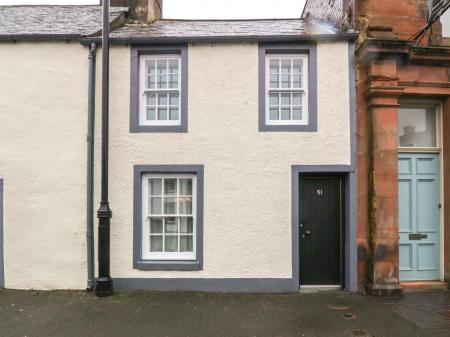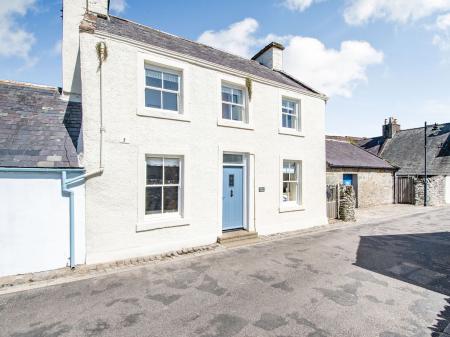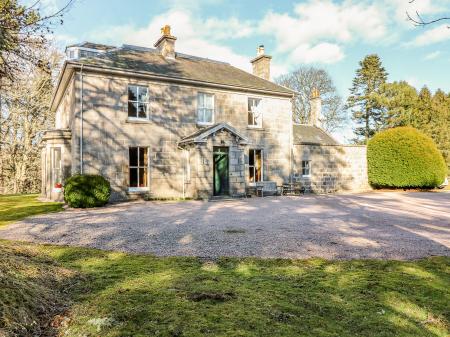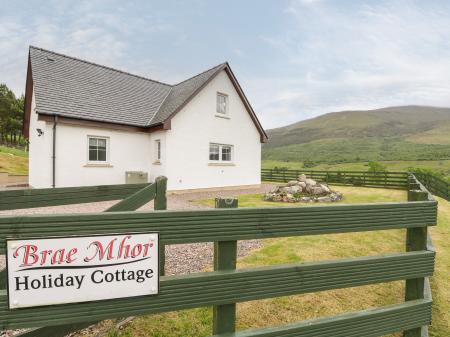
Highlights of the museum collection include:
The Latinus Stone
The oldest Christian monument in Scotland, the stone bears a Latin inscription which translates as 'We praise you, the Lord! Latinus, descendant of Barravados, aged 35, and his daughter, aged 4, made a sign here.' The significance of the stone is that it indicates an early Christian presence here in the middle of the 5th century, at a time shortly after the Roman legions left Britain. The stone was reused as a building stone in the medieval cathedral until it was rediscovered in 1890.

The Monreith Cross
The tallest cross in Galloway, the Monreith Cross stood for many years at a court hill used by the local Maxwell lairds. This was a place where the laird handed out legal judgments, like an outdoor courthouse. The cross may have had iron rings in its shaft for binding criminals.
The Peter Stone
This small carved cross stood for many years on the main pilgrim route to St Ninian's Chapel at Isle of Whithorn. It may have marked a burial site, and later became a pilgrim destination in its own right.
Aside from these highlights, there are several crosses found at St Ninian's Cave, dating from as early as the 7th century. After you are done viewing the crosses inside the museum, just nip outside the door and you'll find yourself in the ruins of Whithorn Priory, a medieval foundation on the site of Ninian's original monastery.
The museum is on Bruce Street, accessed through the medieval gateway knmown as The Pend, the last surviving gate to Whithorn Priory.






 We've 'tagged' this attraction information to help you find related historic attractions and learn more about major time periods mentioned.
We've 'tagged' this attraction information to help you find related historic attractions and learn more about major time periods mentioned.




